
What are the four types of conductors in a transmission line?
A single solid conductorPeculiarityA single solid conductor is the most basic type of conductor. It is made of a single metal material (such as copper or aluminum) and has the advantages of simple structure and high mechanical strength. Because of its solid structure, it has good conductivity at low frequencies and relatively uniform current distribution. For example, it may be used in some short-distance transmission lines that require high mechanical strength and low frequency (such as some in
Encyclopedia
10/09/2024
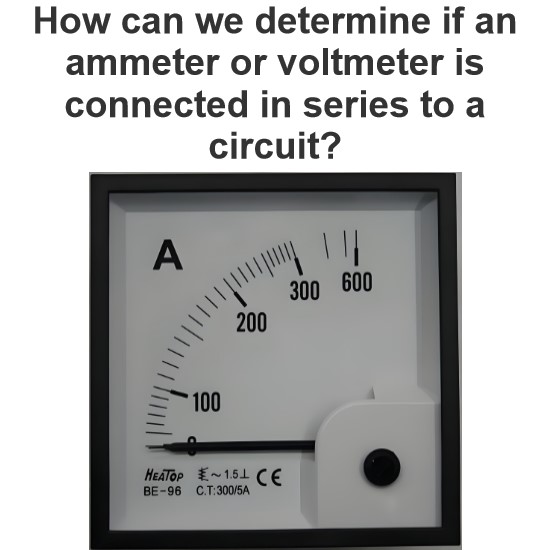
How can we determine if an ammeter or voltmeter is connected in series to a circuit?
How to Determine Whether an Ammeter or Voltmeter Is Connected in Series in a Circuit?Determining whether an ammeter or voltmeter is connected in series in a circuit can be done by observing the instrument's connection method and its readings. Here are specific ways to do this:How to Determine if an Ammeter Is Connected in Series?Physical Connection Direct Observation: The most straightforward method is to look at how the ammeter is connected to the circuit. An ammeter should be connected in seri
Encyclopedia
10/09/2024
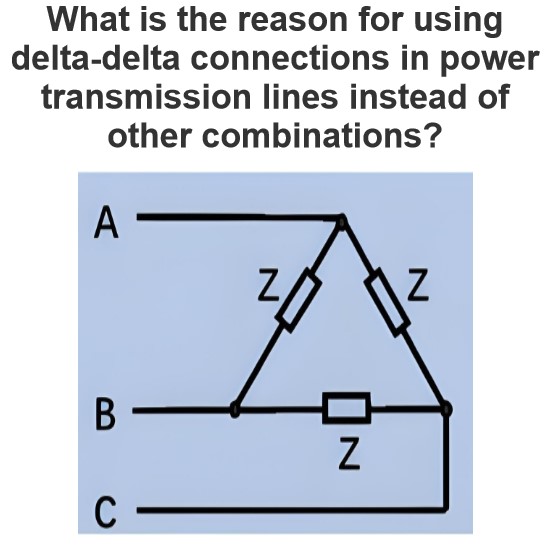
What is the reason for using delta-delta connections in power transmission lines instead of other combinations?
Voltage AspectIn a delta connection, the line voltage is equal to the phase voltage. This characteristic makes the delta connection widely used in high and medium voltage areas for power transmission in situations where higher voltages are required, as it can directly utilize the line voltage for power transmission without the need for additional voltage conversion operations, which helps reduce energy losses during the voltage conversion process.For example, in a delta-connected three-phase loa
Encyclopedia
10/09/2024
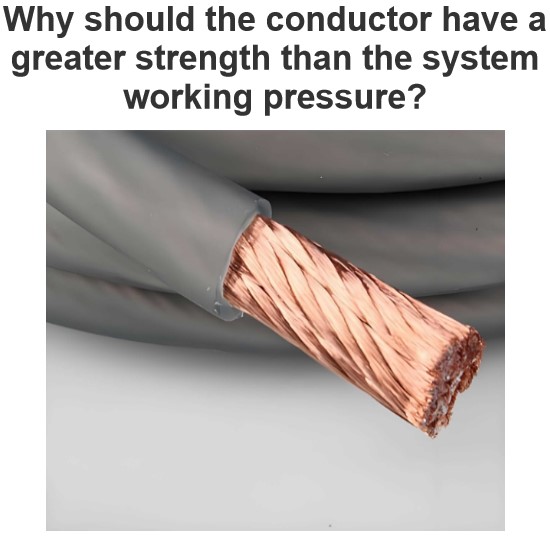
Why should the conductor have a greater strength than the system working pressure?
When discussing the relationship between conductor strength and system working pressure, we need to clarify the meanings of these two concepts. Conductor strength usually refers to a material's ability to resist external forces, while system working pressure refers to the force acting on a unit area within a specific system, which depends on the system's operating conditions and environment. In analyzing this problem, we can consider several aspects:Strength of the conductorThe Relationship Betw
Encyclopedia
10/09/2024
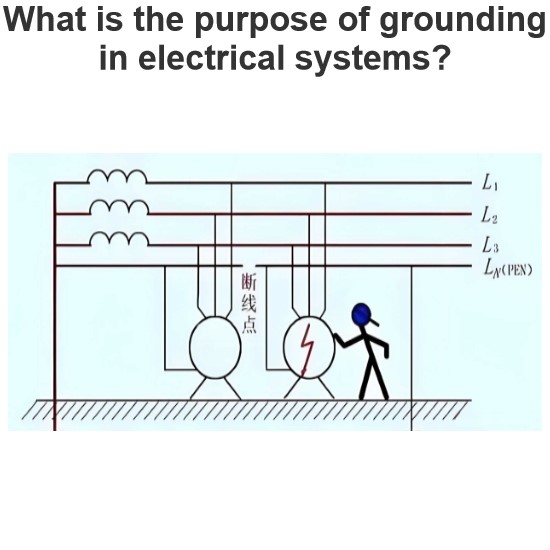
What is the purpose of grounding in electrical systems?
Grounding in electrical systems serves multiple purposes, which can be primarily summarized into the following aspects: Personal Safety Protection: Earthing prevents electrical equipment enclosures from becoming electrified due to insulation damage, thereby avoiding electric shock accidents when personnel come into contact with them. By connecting the metal parts of electrical equipment to the grounding electrode, even if the equipment's insulation fails, it ensures that current is diverted thro
Encyclopedia
10/09/2024
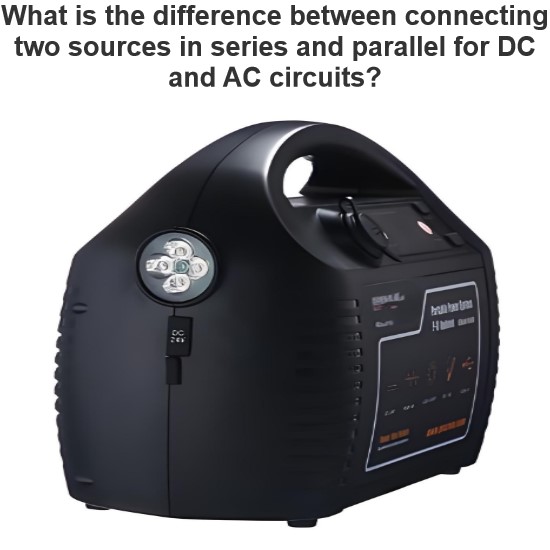
What is the difference between connecting two sources in series and parallel for DC and AC circuits?
In electrical engineering, the way power sources are connected is crucial for the behavior of a circuit. Power sources can be connected in series or in parallel, and each method is suitable for different applications. Below are the distinctions between series and parallel connections for both direct current (DC) and alternating current (AC) circuits.Direct Current (DC) SourcesSeries Connection (Series Connection) Voltage Summation (Voltage Summation): When two or more DC sources are connected in
Encyclopedia
10/08/2024
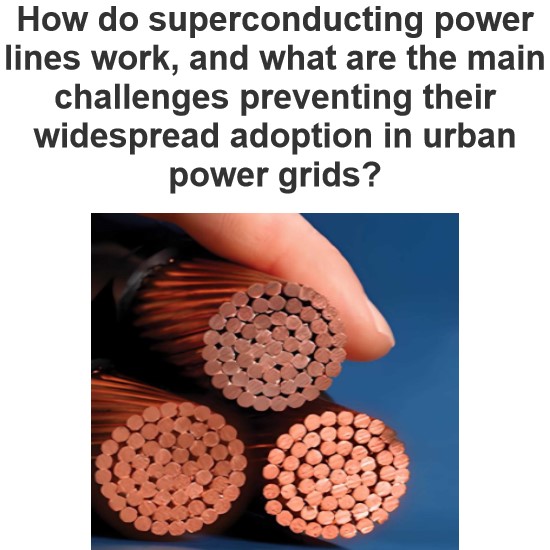
How do superconducting power lines work, and what are the main challenges preventing their widespread adoption in urban power grids?
Superconducting power lines utilize the properties of superconducting materials to transmit electrical energy. Superconducting materials exhibit zero resistance at low temperatures (typically below their critical temperature), meaning that current can flow through the superconductor without loss. Here’s a basic overview of how superconducting power lines work: Superconducting Materials: Use materials that can become superconducting at specific low temperatures, such as niobium-titanium (NbTi) al
Encyclopedia
10/08/2024
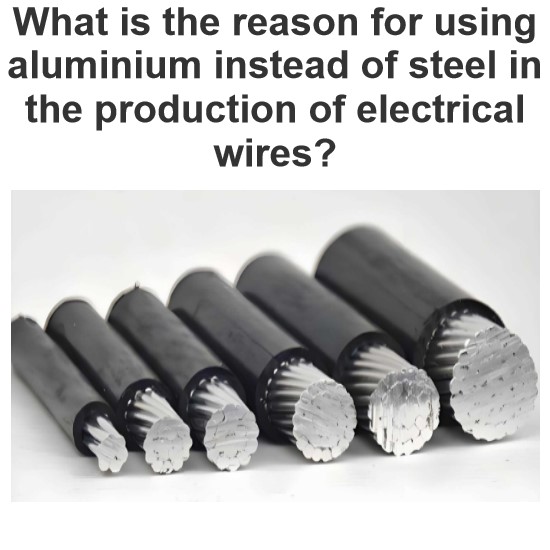
What is the reason for using aluminium instead of steel in the production of electrical wires?
Using aluminum instead of copper (not steel, as steel is generally not used for wire conductors) in the production of wires has several key reasons. Although the original question mentioned "steel," given the context, this explanation addresses why aluminum is commonly used instead of copper in power transmission lines. Here are some reasons for using aluminum as the conductor material:Cost Efficiency (Cost Efficiency) Lower Price: Compared to copper, aluminum is less expensive. Since power tran
Encyclopedia
10/08/2024
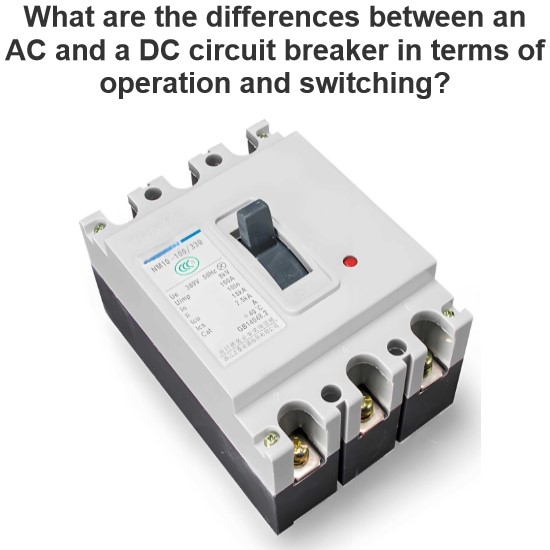
What are the differences between an AC and a DC circuit breaker in terms of operation and switching?
Ac circuit breaker and DC circuit breaker operation and switching differenceThere are some important differences between AC circuit breakers and DC circuit breakers in terms of operation and switching, and these differences mainly stem from the differences in the physical characteristics of AC and DC.Differences in operating principlesAc circuit breakers and DC circuit breakers have different operating principles. Ac circuit breakers use the periodic change of alternating current and rely on the
Encyclopedia
10/07/2024
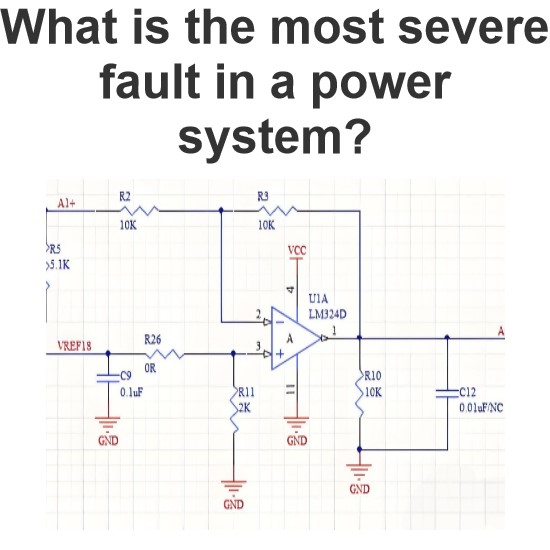
What is the most severe fault in a power system?
The most serious faults in a power system usually refer to those that pose the greatest threat to system stability, equipment safety, and power supply reliability. Here are some of the most common types of serious failures in power systems and their effects:Three-phase Short CircuitThree-phase short circuit is one of the most serious faults in the power system, it occurs between the three phases of the wire or between one or more phases and the ground short. This fault will lead to a large short
Encyclopedia
10/07/2024









